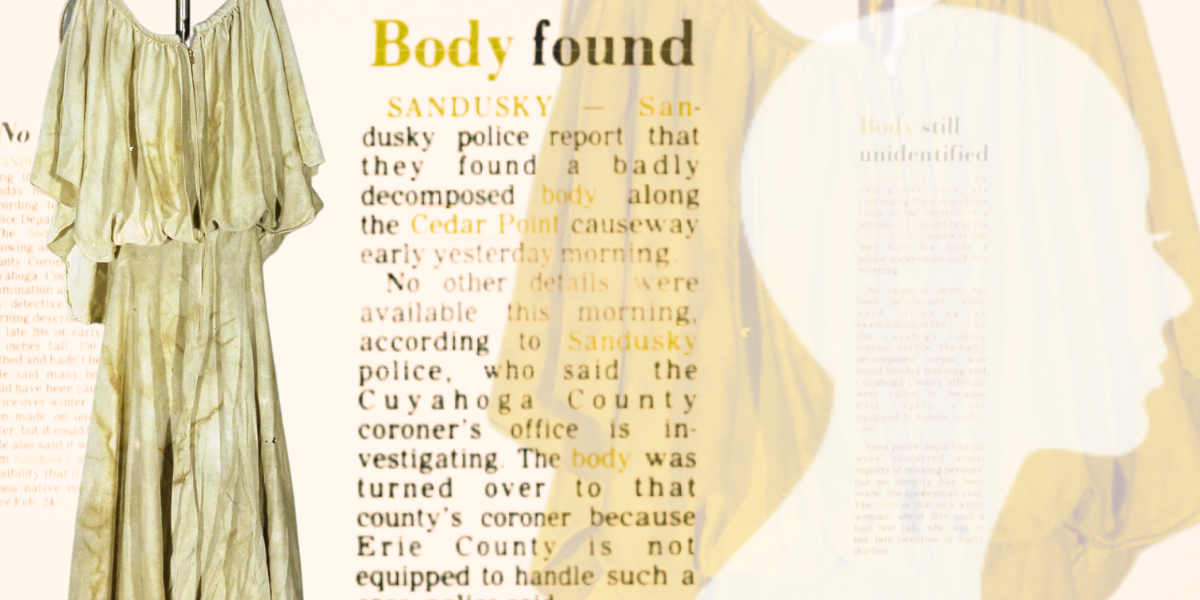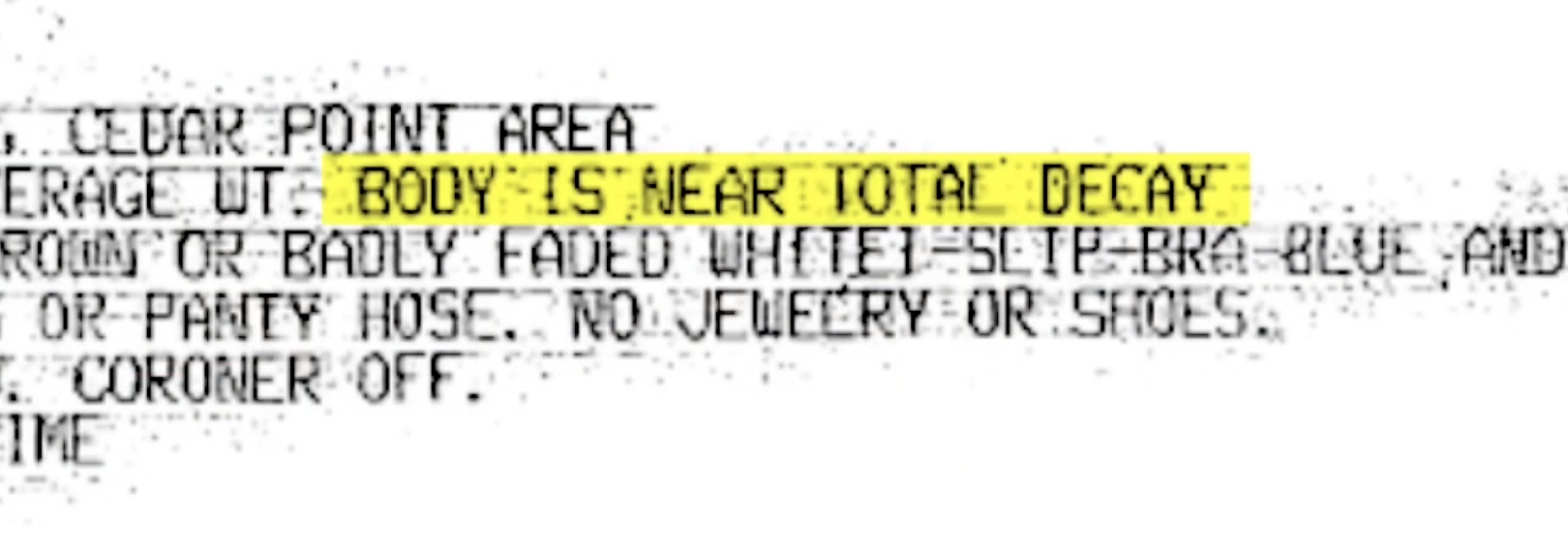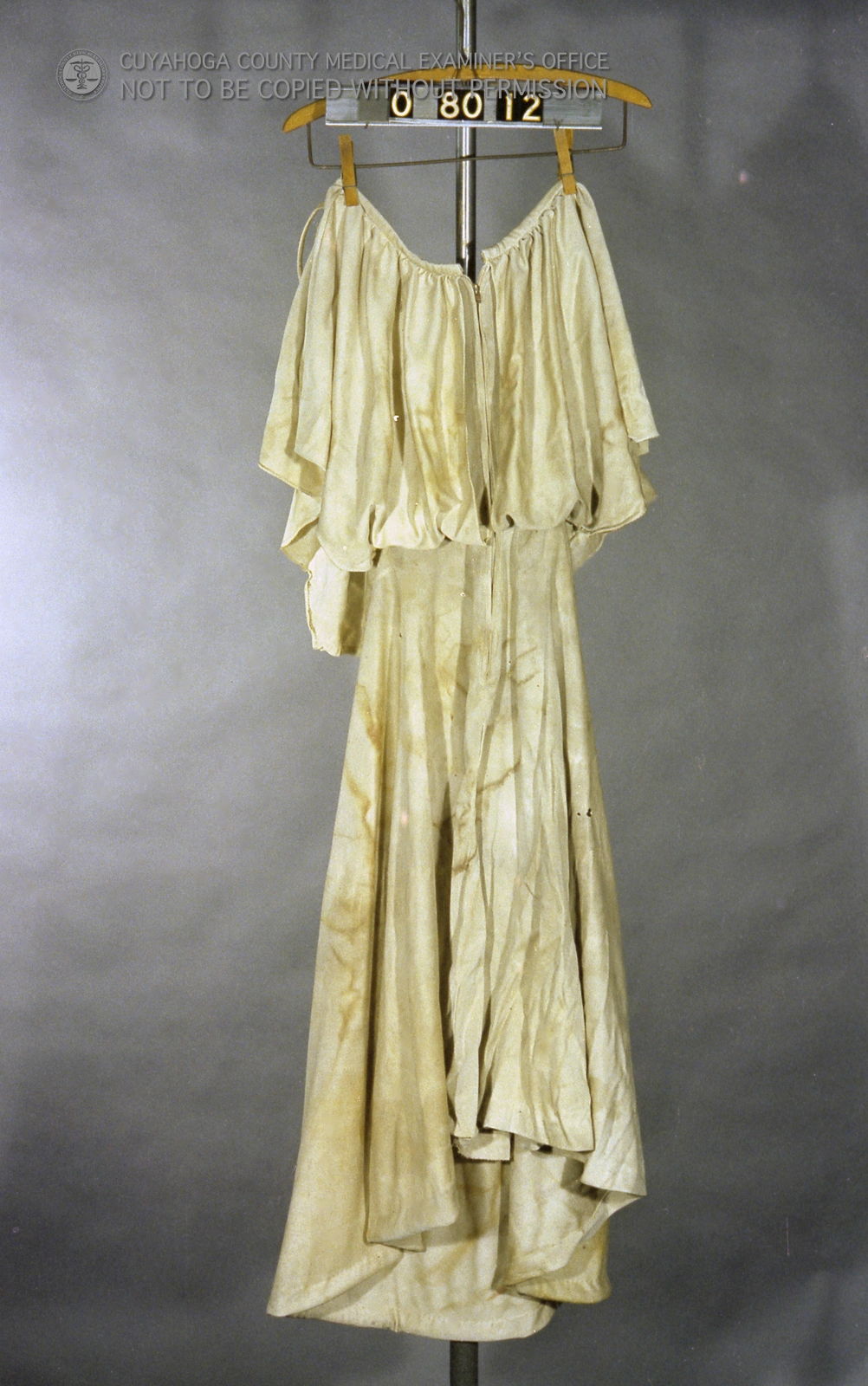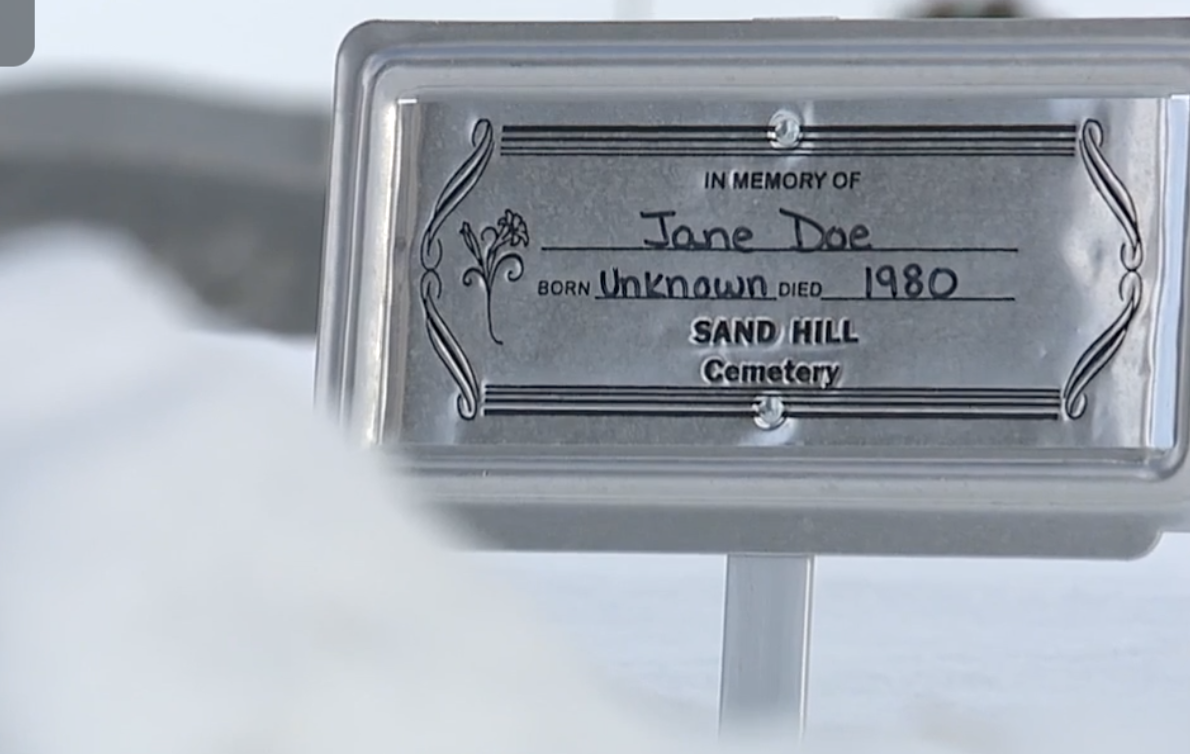By: Andrea Cipriano, MAFP
She was once identified only by her dress. Now, Sandusky’s Jane Doe has a name.

On the 43rd anniversary of the discovery of a woman’s body, law enforcement officials have finally verified her true identity. Thanks to genetic genealogy, the work of the Porchlight Project, a nonprofit group that funds DNA testing, Bode Technology, and the Sandusky Police, part of this mystery has been solved.
The woman who washed up on the shores of Lake Erie, in Sandusky, Ohio, in 1980 has been identified as Patricia Eleanor Greenwood, born in 1948.
Her death is being investigated as a possible homicide.
Uncovered spoke with James Renner, investigative journalist and president of the Porchlight Project, who shared that he’s always felt strangely connected to his case. We got his take on what the future of this case looks like and what it meant for him to help get Patricia her name back.
“That’s my favorite part about what we do,” Renner shared. “Our name is who we are. Take away a name and it’s like the person never existed.”
He added, “What a terrible fate.”
This is just the beginning of Patricia’s story, as the circumstances surrounding her death still remain shrouded by questions. Uncovering her identity will hopefully lead to long-overdue justice, but there is still mystery surrounding her untimely death.
Archived newspapers and preserved detective notes are all that’s left to detail the day her body was discovered.
March 30, 1980
Two people were taking an early morning stroll along the 1200 block of Cedar Point Road when they saw the badly decomposed body of a woman wash up on the shore.
Sandusky police said there was almost no evidence when they first got to the scene.
The woman no longer had hair due to the intense decomposition and the fact that she was likely in the water for a while. She had no scars, jewelry, or identifying items, leaving no clues or motive for what could’ve happened.

All they knew concretely was the woman appeared to be in her 20s to 30s, was 5’ 5” and approximately 120 lbs. Thankfully, her size 12 beige “disco style” cocktail dress and white lace slip were intact.

Because of the folds in the fabric and the flowy nature of it, you can easily envision a young woman — full of life — spinning around with joy.
“She wanted to look nice for someone,” Renner theorizes, “But her description didn’t match any missing persons, meaning she was likely never reported missing.”
Once on the autopsy table, the Cuyahoga County Medical Examiner couldn’t offer much more to the story. They noted that this Jane Doe had broken bones, a broken arm, and a broken leg — but it’s unknown if those injuries were caused by the ice in the lake or if those injuries caused her death and are part of the mystery.
After her autopsy, her body was sent back to Erie County to Groff Funeral Home and buried in Sand Hill Cemetery.
Detectives immediately began checking multiple cities for reports of missing women, expanding their search across state lines to Michigan and even Canada — but they got nothing.
For over 40 years, her case file slowly started to collect dust…until 2021, when the Porchlight Project offered to completely fund the effort to discover this Jane Doe’s identity.
Letting DNA Tell Her Story
The Jane Doe’s body was exhumed in 2021 from a local cemetery to be sent to Bode Technology, a forensics lab that works closely with the Porchlight Project, with the hope that the next time her remains would be back, her plot would bear a name.

Renner told Uncovered, “I knew genetic genealogy could solve this case. And Bode Technology has some of the best genealogists in the business. So I liked our chances.”
Bode received the skeletal remains in late 2021, and began the critical and sometimes challenging DNA extraction process.
Teresa Vreeland from Bode Technology shared in the Porchlight Project press release that “after having successfully extracted suitable DNA, high-density SNP testing was completed, which provided the starting point for the Bode [Forensic Genealogy] team.”
The Forensic Genealogy team then rolled up their sleeves looking for a lead — that’s when they discovered a family tree with twelve children all given up for adoption in Michigan.
Detective Eric Constantine followed through with the lead and spoke to one of the surviving brothers. He shared that he had not heard from his sister since around the time the unidentified body was found in Lake Erie.
Sandusky Police confirmed Patricia’s identity on March 30, 2023, 43 years to the day after the discovery of her body.
Her death is considered a possible homicide, and a further interview with a surviving sister indicated that Patricia may have been a sex worker when she disappeared.
Now armed with her identity and the beginnings of a modern homicide investigation, investigators hope that someone from Michigan or Ohio may remember Patricia and who she was with around the time of her disappearance.
“Next steps are finding people who knew Patricia back in 1980 and finding out who she was hanging out with,” Renner told Uncovered. He added that the true crime community could help spread awareness to Patricia’s case.
“Just get her name out there. If you know anyone from Bay City, Michigan or, Traverse City or Saginaw who was there in the 70s, ask them if they knew Patricia.”
If you knew Patricia Greenwood, or have any additional information on her suspicious death, don’t hesitate to contact the Sandusky Police at 419-627-5980.
Love this post? Meet the Author.
Andrea Cipriano is the Digital Content Specialist at Uncovered, where she writes for the twice-weekly true crime newsletter, The Citizen Detective. Andrea graduated with a Master of Arts in Forensic Psychology from John Jay College of Criminal Justice, where she focused on researching and peeling back the criminal mind. Andrea believes that it’s never too late for justice.
Uncovered has built a community for thoughtful true crime discussion, advocacy, and comprehensive cold case research. We are the hub for novice and experienced researchers alike, helping members further develop their citizen detective skills. Sound like something you’re interested in? Join our community. Together, we can make a difference.
